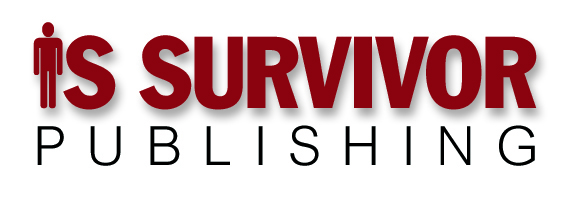Some studies claim to demonstrate that intuition is more reliable than evidence-based decision-making. Which makes me wonder, if a study presents evidence that intuition is superior to evidence, does it prove itself wrong?
And anyway, the preponderance of the evidence seems to favor evidence and logic after all (and is that circular reasoning?) … see, for example, “The Future of Decision Making: Less Intuition, More Evidence,” Andrew McAfee, Harvard Business Review, 1/7/2010.
Last week’s column proposed that while practitioners of the STEM disciplines (science, technology, engineering, and mathematics) rely on evidence and logic and are trained in their use, we aren’t Spock-like logicians, immune from emotional influences. We’re as likely to rationalize as anyone else, and because of our analytical skills we’re better at it.
Some correspondents argued that, this being the case, there’s really no hope. As we can’t escape the control of our emotions we should all just stop worrying, be happy, and, I guess, embrace our inner monkeys.
Which means, I guess, that if you can’t achieve perfection you shouldn’t try to improve. Sounds like a rationalization to me.
Opinion: The better we are at being objective, the better off we are, if for no other reason than the protection it provides from the propagandists, marketers, and political consultants who use our emotions against us every day.
If we know their techniques we can watch out for them. So here’s an A-list of cognitive traps that are easy to fall into and hard to climb out of. If we’re alert to them, maybe we can avoid them.
Arguing: Arguments are about winning and losing. Discussions are about improving shared understanding and solving shared problems. If you find yourself trying to prove you’re right, you’re probably leading with your emotions, because the need to win is an emotional response.
If you’re arguing, stop, clarify where you and the other disputant disagree, and ask what evidence would settle the matter. Or, ask what problem you’re trying to solve together.
If you can’t get the other person to stop arguing, change the subject. You might as well. Your exchange of words is pointless.
Anecdotes: Marketers, sales professionals, and political consultants all know anecdotes are more persuasive than statistics. All they are, though, are statistics performed on a sample of one. Unless it’s fictional. Then, the sample size is zero.
Anecdotes illustrate a point. They prove something is possible. That’s about it.
Ad hominem arguments: In case you don’t know the term, an ad hominem argument goes like this: “You said 2 + 2 equals 4. You know who else said this? Hitler!”
Ad hominem arguments surround us. “Of course you think that way. You’re an engineer.” “Ignore him. He’s a bean counter.” Or if you’re in a Myers-Briggs situation, “It’s what you’d expect from an ENTJ.”
Tribalism is a special case of ad hominem argument, and a particularly dangerous one. It’s separating the world into us and them, creating a powerful emotional need to prove that we’re right and they’re wrong.
Anger: While an appeal to any of your emotions is, of course, an attempt to get you to decide something emotionally rather than on its merits, anger is the most dangerous of the bunch, for two reasons. First and foremost, anger makes you stupid. As does fear, but unlike fear, anger hangs around long after the stimulus has passed. It needs to be released. People who are angry aren’t always angry about anything in particular. But they’ll find something.
Anger is also unlike fear in that fear is ultimately about personal benefit — avoiding harm — so there’s some rationality to where it takes you.
If someone is trying to make you angry, you’re being played. I guarantee it.
Assertion: Argument by assertion replaces evidence with confidence. If you aren’t sure of the actual facts, and someone else makes a confident assertion, most of us, most of the time, are inclined to give the other person the benefit of the doubt.
“I don’t know the evidence, but I don’t accept what you’re telling me,” isn’t the most diplomatic statement you can make, after all.
Agreement: Far and away the most dangerous pitfall when it comes to avoiding emotion-driven decisions is hearing what you want to hear. Most of us, most of the time, accept “facts” that support what we want to be true without subjecting them to the slightest scrutiny.
Imagine you’ve avoided these traps. You’ve made a solid, evidence-based decision. Suddenly dispassion is counterproductive. To muster the energy and persistence you’ll need to make your decision real, you have to want it, and want it bad.
Deep down in your gut.
